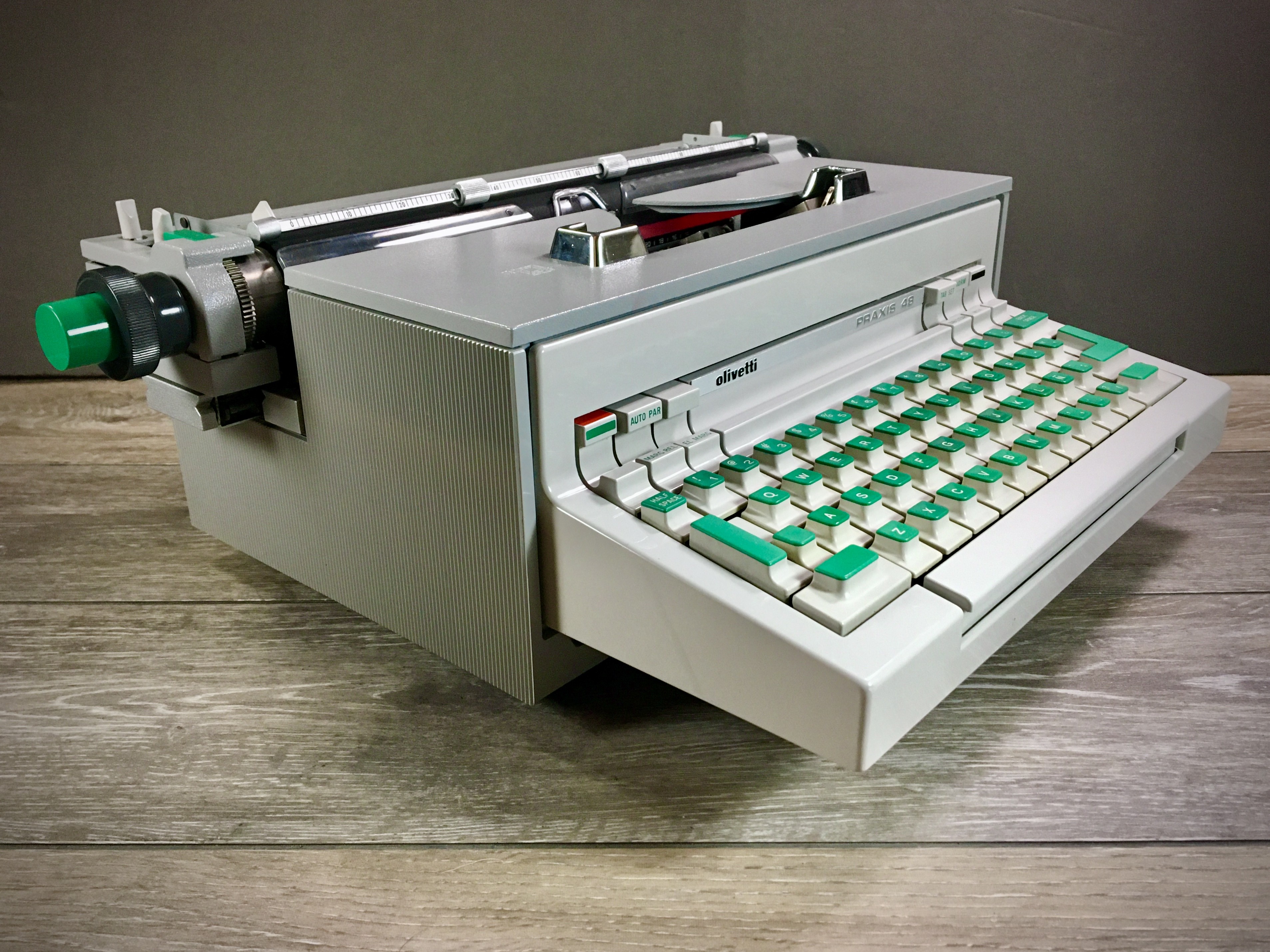Celestron First Scope Find


I'm using the three eyepieces I've had since the early 1980s when I bought my first 'scope, the rich-field 8" aperture, F/2.9 Sky Research Dobsonian, which are 28mm, 20mm and 7mm. The longer eyepieces give a nice image in this little 'scope, but the 7mm one is a bit cloudy. I'm thinking of getting a better eyepiece to replace it.
The First Scope also has screw mounts for a finder, but with the 28mm eyepiece in place it has a wide enough field of view to serve as its own finder, given the primary mirror's 76mm diameter and 300mm focal length.
It didn't come with a cover cap for the front of the body tube, so I figured I could 3D print one. I printed it in red PETG filament instead of the more usual PLA, since I wanted to print it in red and I had a spare roll of PETG from Ethan. Print time was a bit over an hour, because I'd over-designed it, making it thicker than it needed to be.

I printed the cap with a 4mm center hole, which I ended up drilling out to receive a 10/24 machine screw to afix the knob to, a part I found in my spare parts bin.
I'm pretty happy with the way the red body cap turned out. I intend on designing and printing a holder for the three eyepieces next, perhaps also in matching red.
I've only been able to look through the kitchen window at distant trees across the road, it's been a bit cool (!) lately (tonight will be down into the teens farenheit) but soon I'll get it outside for a proper view of stellar objects. It's a modest little 'scope, but is extremely easy to carry around and use. However, since it lacks a proper tripod bushing under its base, I intend on using my Bruneau's Pneumatic Tripod (an archaic photography tripod from long ago, that I use for the ABQ Box Camera) with a sizable wooden base to serve as a tabletop surface upon which to support the little 'scope.
Here's a phone shot taken on the day I brought home the little 'scope from the thrift store:

With a regular eyepiece in place, the image is full-sized and looks much better than the phone shot.
As I wrote in the piece above, I haven't been doing much stargazing these last few years, mainly because the convenience of back- or frontyard viewing has been negated by mature trees and neighbors' security lighting, which implies I've been a "fair-weather astronomer" all these years, not desiring to go to the trouble of heading out to some other location. So I wasn't in the market for another telescope that I wouldn't get much use out of, but for $11 this little 'scope was hard to pass up. Maybe it'll get me out more often, since I can essentially keep it in my car, as it's so easy to tote around. It'll even work well on the hood of my car if need be, no tripod necessary.


